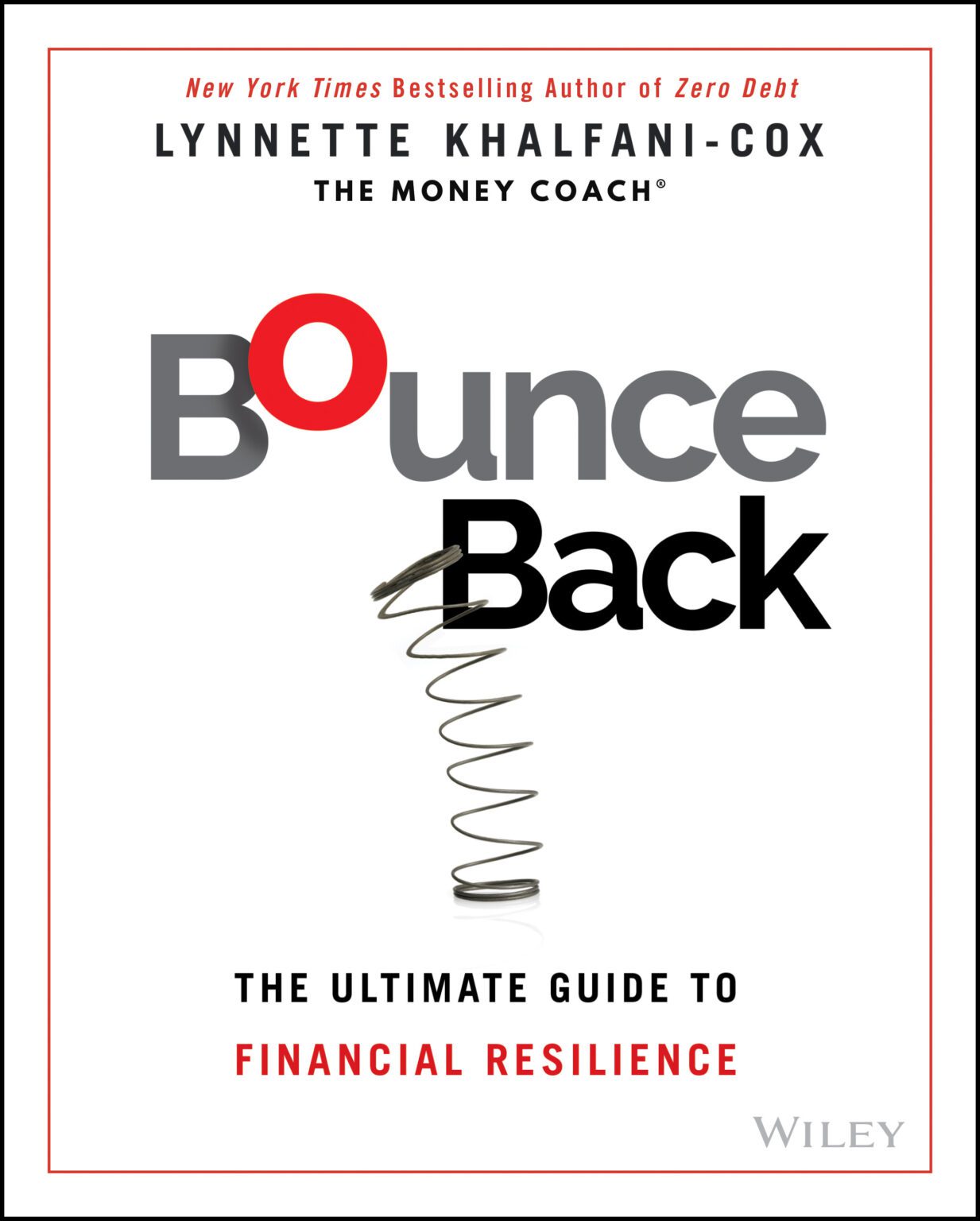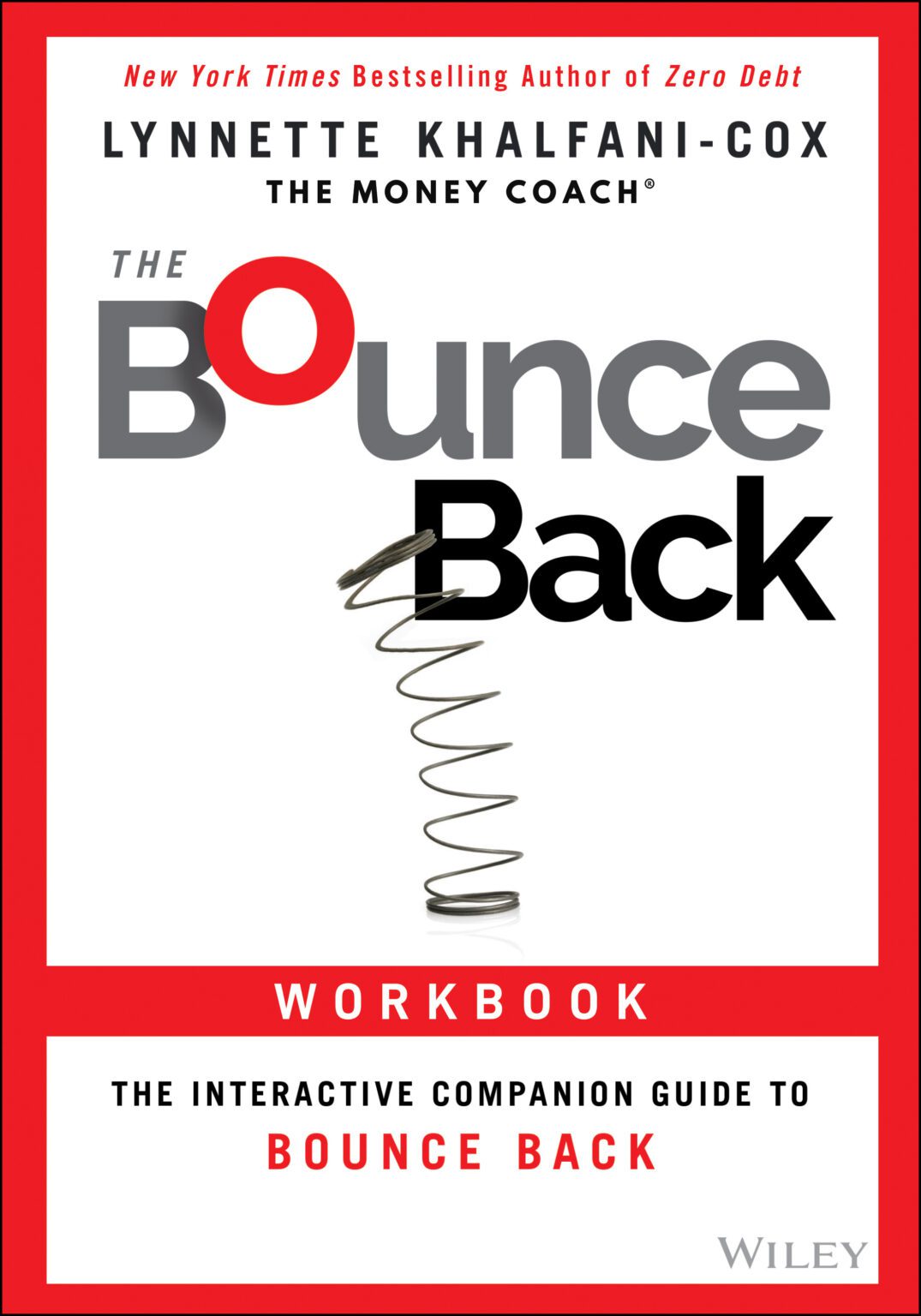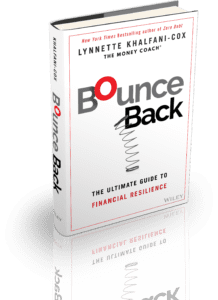In this tough economy, an increasing number of college graduates (and college drop-outs) are falling behind on their student loans.
According to the Department of Education, federal student loan defaults are up to 6.9% in 2009, well above their year-ago level of 5.2%. For those carrying private loans, defaults hit 3.37% in 2008 versus 1.47% in 2006, according to Sallie Mae, one of America’s largest providers of private loans.
As you probably already know, defaulting on a student loan is a very serious matter. A federal college loan falls into default status if you are supposed to make monthly payments, but have not done so for 270 days. For those whose student loan payments are less frequent, a default occurs once you haven’t made payments for 330 days. In either case, the government has the right to take your federal tax refund check or garnish up to 15% of your disposable pay in order to collect on a defaulted federal student loan. Defaulted student loans also negatively impact your credit.
Appealing a Wage Garnishment
The good news is that you can appeal a wage garnishment and request a hearing on the matter in order to demonstrate why it is that you can’t afford that the payments and wage garnishment your lender or guaranty agency is seeking. The U.S. Department of Education Debt Collection Services Office (DCS) holds the hearing after you fill out a “Request for Hearing” form regarding your wage garnishment, and send it to the Department of Education.
Your hearing can be done in-person, over the telephone, or in writing; the choice is up to you.
IMPORTANT NOTE: When you submit your Request for Hearing, make sure you also send another EXTREMELY IMPORTANT document. It is the “Financial Disclosure Statement,” a 3-page document in which you must document your income and itemize all your expenses.
This “Financial Disclosure Statement” form will be critical in the hearing/appeal process, and will be closely evaluated, so take the time to carefully list all your bills, and provide copies of those bills as requested.
On page 3 of the Financial Disclosure Statement, you will notice a line that says:
“Based on this Statement, I think I can afford to pay $ per month.” This is where you have an opportunity to essentially offer a counter-proposal to the Department of Education about your student loans. Regardless of what you’ve been asked to pay in the past, here is where you should realistically evaluate your budget and come up with a number that you can undoubtedly pay (without a huge financial strain) month after month.
The Department of Education will make a decision about your case within 60 days after your hearing. But in the meantime, any wage garnishment that has already started will continue to be in force.
Four Options to Cure a Defaulted Student Loan
Now, in order to get your student loan(s) out of default, you have four options:
• Consolidate the loan(s)
• Enter a loan rehabilitation program;
• Pay the loan(s) off completely
• Get the loan(s) totally discharged or cancelled
The last two are probably not realistic options. I know you don’t have the money to pay off the loan(s). That’s why you’re in this predicament; and loan cancellations are rare (though they can be obtained).
You’ll likely have to “rehabilitate” your loan(s) or consolidate.
Should You “Rehabilitate” Your Loans or Consolidate?
Before you can consolidate, you have to bring your loan(s) out of default status. You do this by making just three monthly payments — on time, and in any amount that you and your lender agree upon. To find out if you qualify for loan consolidation, contact the Federal Direct Consolidation Loan Info Center at 800-557-7392 or go online to http://loanconsolidation.ed.gov.
If you call, the staff there should be able to tell you what your monthly payment will need to be for those three months while your loan is in repayment. The one drawback to consolidation is that your credit remains tarnished. Even though your loan will be paid off and listed as “paid in full” on your credit report, you’ll get a new loan through consolidation and that previous default still shows on your credit report for seven years.
An alternative, to fix your credit, and have all past negative information about your student loans completely deleted from your credit file is to go through loan rehabilitation:
In a nutshell with rehabilitation you make 9 or 12 on-time payments on your student loans in an amount you can afford. You make nine monthly payments on Direct Loans and Federal Family Education Loans, or 12 monthly payments on Perkins Loans. This, in my opinion, is the preferred route as it will help you restore your credit in a big way, so your past default won’t haunt you for years to come.
For more details about various alternatives to cure your student loan delinquency, check out the Department of Education’s guidebook called “Options for Financially-Challenged Borrowers in Default.”
Get Help From an Ombudsman
Additionally, you should know that if you ever have a dispute with your lender or loan servicer about anything related to your federal student loans, there is a government agency that may be of assistance in resolving that dispute. It’s called the Federal Student Aid Office of the Ombudsman (http://www.ombudsman.ed.gov). Always try to work things out first with your lender by using this online “Self Resolution Checklist” from the Ombudsman’s office: http://ombudsman.ed.gov/resources/toolschecklists/selfresolution-checklist.html. But let’s say you think your loan was mistakenly placed in default by your lender – maybe you were in school at least half-time, you had a loan deferment or forbearance, or you actually made payments on your loan – and you can’t get a satisfactory resolution of the issue, then it’s time to reach out to the Ombudsman’s office.
Here is a link to the section of the Ombudsman’s website that gives you more information about handling defaulted student loans: http://ombudsman.ed.gov/loandefault.html. Also, this link gives you more info about wage garnishments: http://ombudsman.ed.gov/garnishment.html.
No matter what economic challenges you’re facing, you don’t have to live with wage garnishments and blemishes on your credit report because of defaulted student loans. Reach out for help today, and start the process of turning that college debt problem around.








